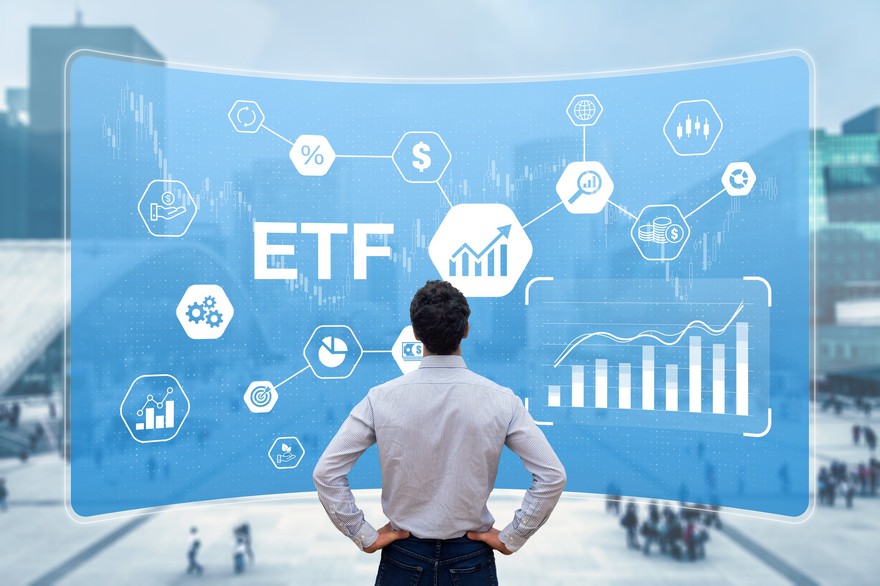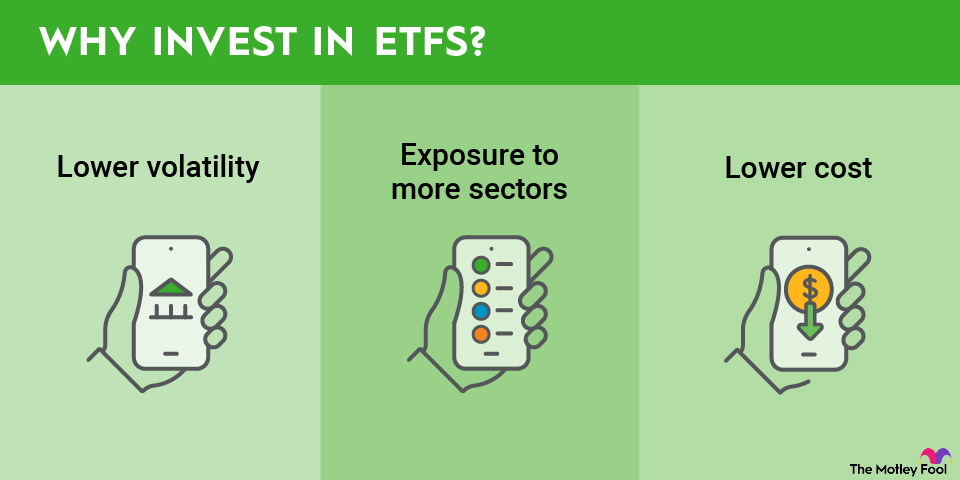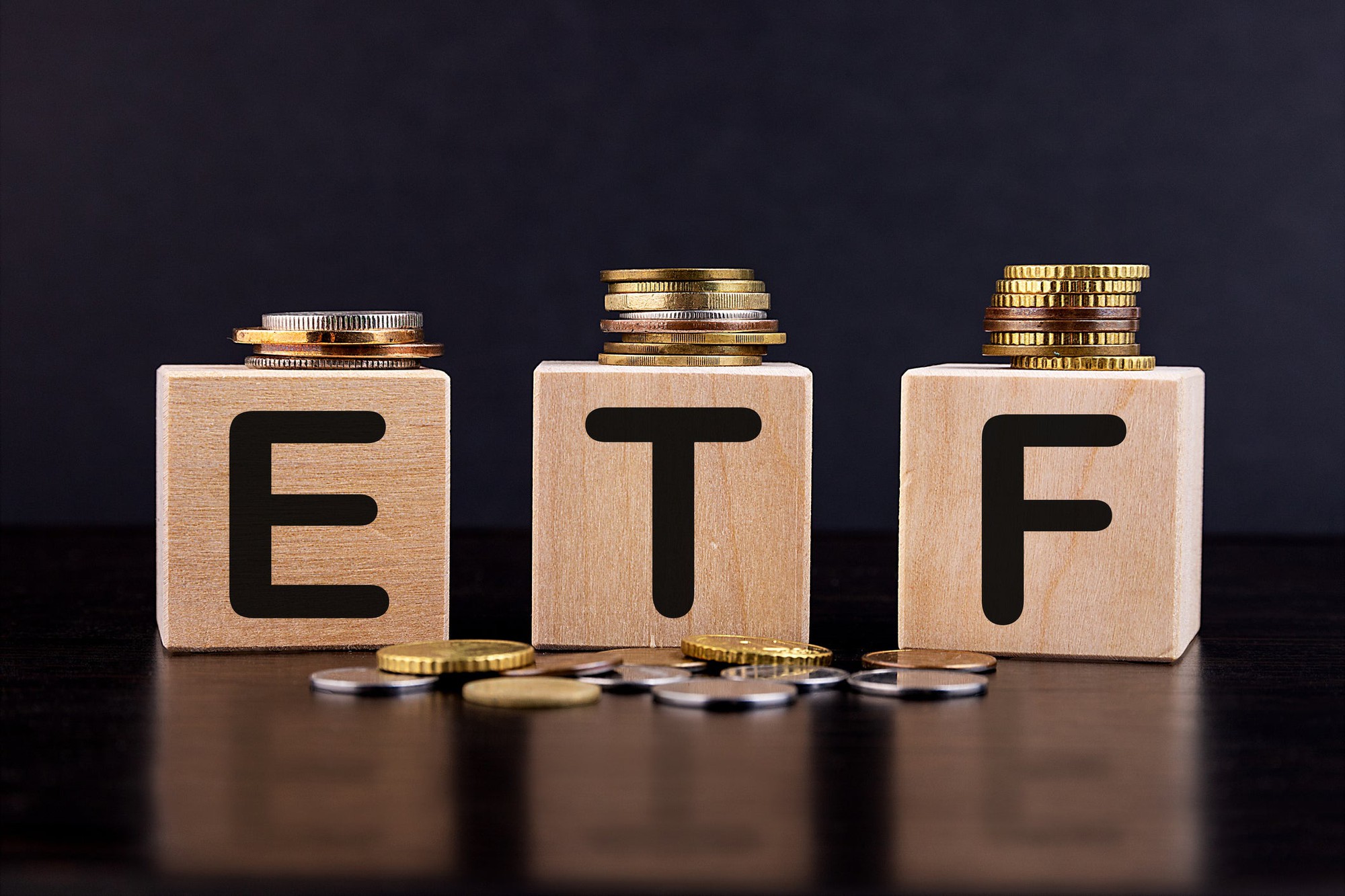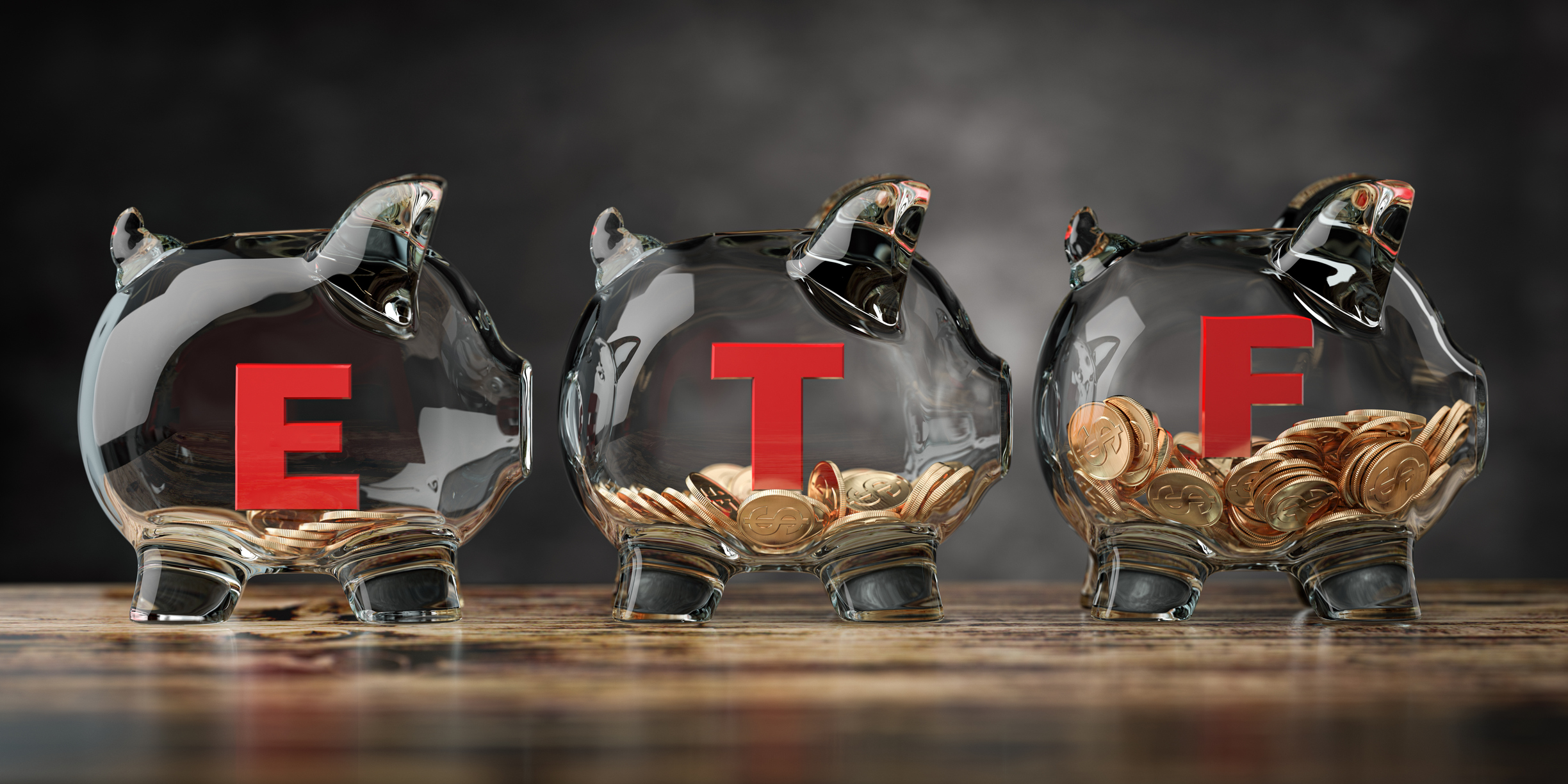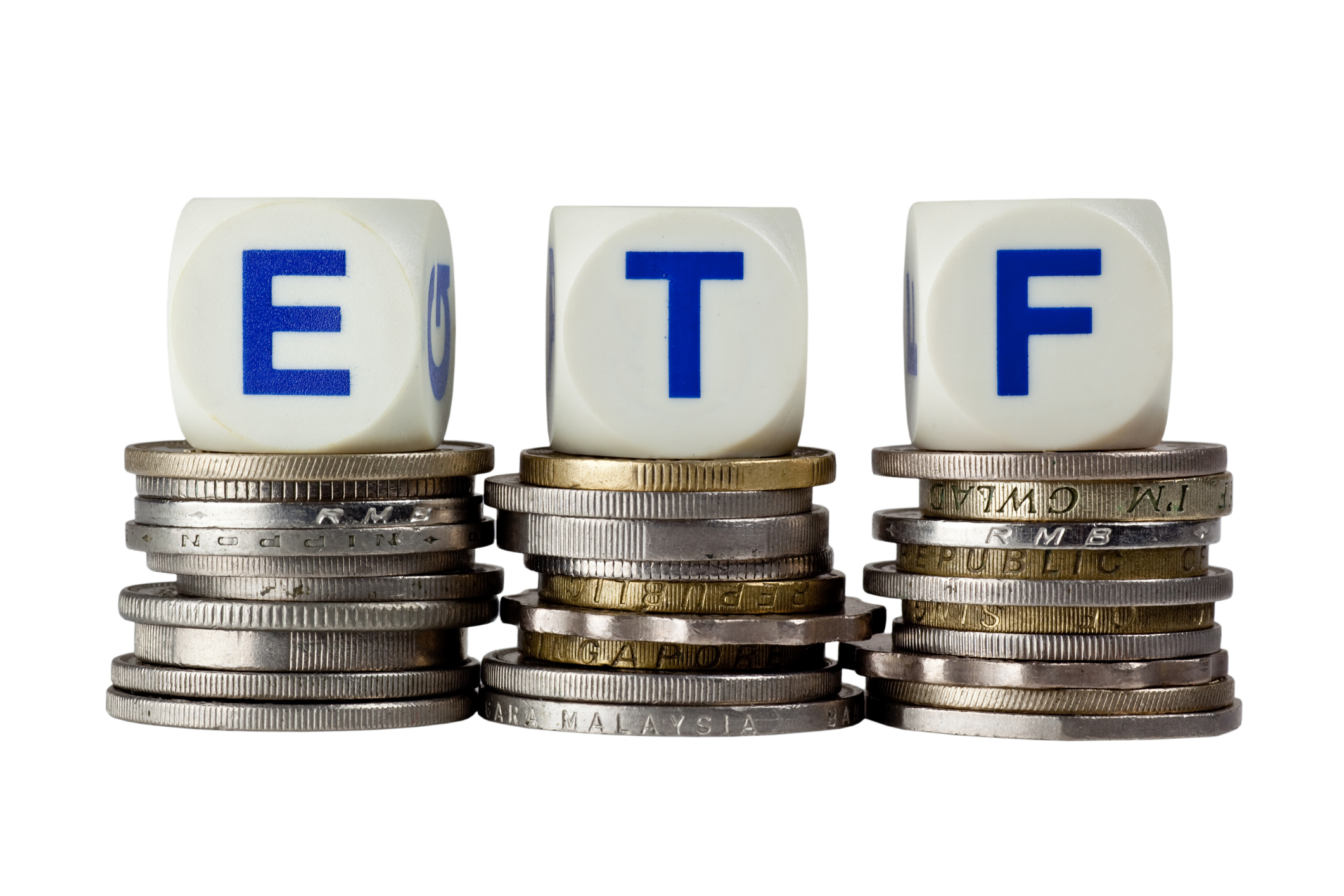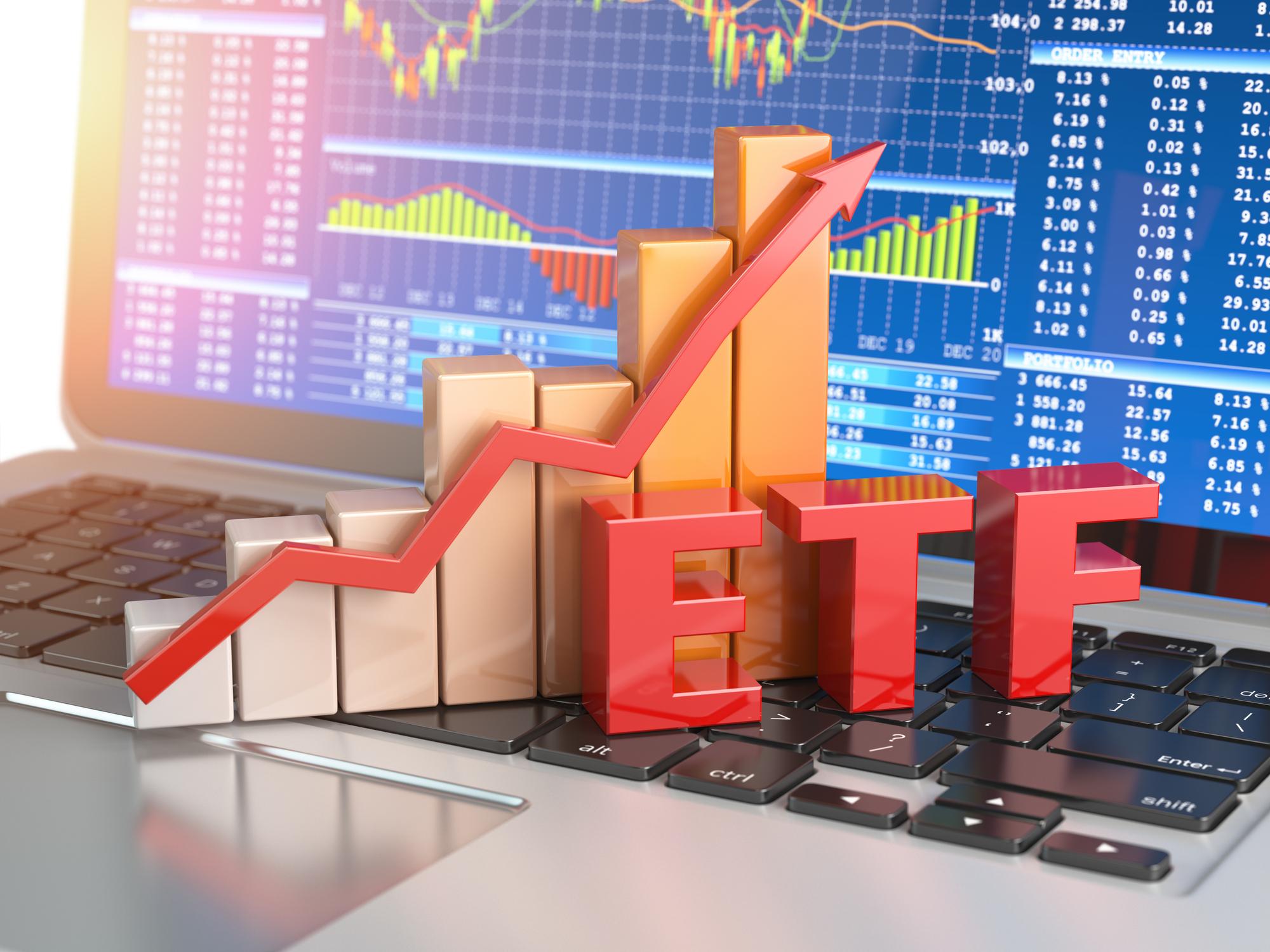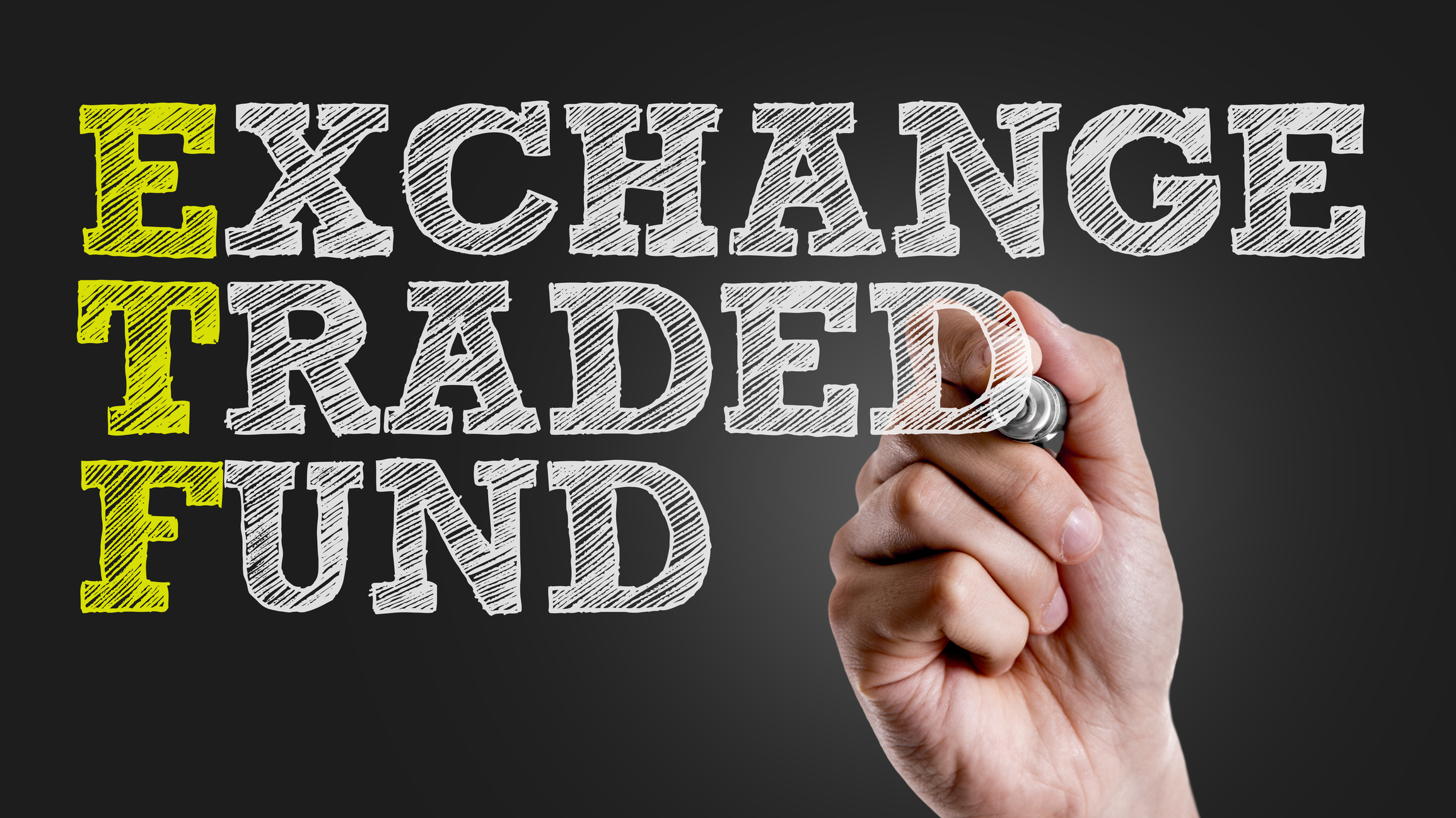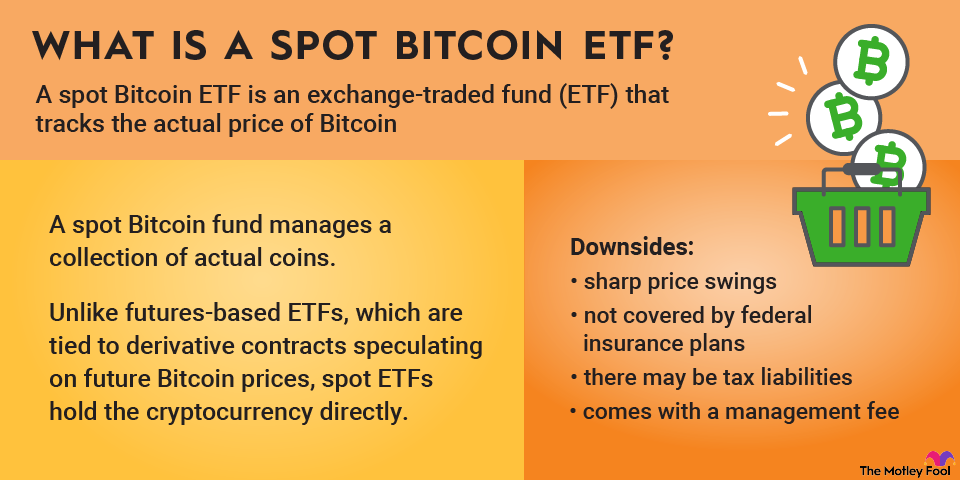Over time, competition in the gold ETF space has grown, and while the fund is no longer the lowest-cost option available, it remains one of the largest and most widely used gold ETFs. For beginner ETF investors in 2025, it's still worth a close look.
Exchange-Traded Fund (ETF)
What is the iShares Gold Trust
The iShares Gold Trust is structured as a grantor trust under the Securities Act of 1933. As a grantor trust, it holds physical gold bullion directly on behalf of shareholders, who own fractional undivided interests in that bullion.
The fund debuted in January 2005, and has grown to more than $65 billion in assets under management (AUM). Its purpose is straightforward: Provide investors with exposure to the daily price movements of gold without requiring them to buy, store, or secure physical coins or bars.
How to buy the iShares Gold Trust
- Step 1: Open your brokerage account: Log in to your brokerage account where you handle your investments.
- Step 2: Search for the ETF: Enter the ticker or ETF name into the search bar to bring up the ETF's trading page.
- Step 3: Decide how many shares to buy: Consider your investment goals and how much of your portfolio you want to allocate to this ETF.
- Step 4: Select order type: Choose between a market order to buy at the current price or a limit order to specify the maximum price you're willing to pay.
- Step 5: Submit your order: Confirm the details and submit your buy order.
- Step 6: Review your purchase: Check your portfolio to ensure your order was filled as expected and adjust your investment strategy accordingly.
Holdings of the iShares Gold Trust
The fund holds only physical gold bullion stored in allocated form in secure vaults. As of mid-November 2025, the trust contained 483.28 tons of gold, equal to 15,537,684.23 ounces. It does not hold any gold futures or gold stocks.
A key operational detail is the basket amount, listed at 941.88 on the same date. This figure represents how much gold (in ounces) is exchanged when authorized participants create or redeem a basket of shares.
Should I invest in the iShares Gold Trust
If you want long-term exposure to gold without owning physical bullion, the fund remains a reliable way to do it. While it is no longer the cheapest gold ETF on the market, it still provides straightforward access to spot gold prices through a large, liquid vehicle backed by physical bars.
As with any gold investment, the usual characteristics apply: Gold can hedge against inflation, geopolitical risk, and currency weakness, and its low correlation to stocks and bonds may help diversify a portfolio. At the same time, investors should expect price volatility and should understand that the fund's performance will reflect gold's movements, not income growth or cash flow.
The key distinction from holding gold directly is ease and convenience. This iShares gold ETF avoids dealer spreads, storage costs, and security concerns while still providing economic exposure to bullion.
Does the iShares Gold Trust pay a dividend?
No. The fund does not pay dividends because gold does not generate income. It simply holds bullion, so there is no cash flow to distribute to shareholders.
What is the iShares Gold Trust's expense ratio
The fund charges an expense ratio of 0.25%. This fee is deducted from the trust's assets and reflected in the daily net asset value (NAV). For every $10,000 invested, the annual cost amounts to $25 a year in fee drag.
Expense Ratio
Historical performance of the iShares Gold Trust
Metric | 1 Year | 3 Years | 5 Years | 10 Years |
|---|---|---|---|---|
Net Asset Value | 45.10% | 31.45% | 14.90% | 12.85% |
Market Price | 46.42% | 32.15% | 15.13% | 12.94% |
Related investing topics
The bottom line on the iShares Gold Trust
This iShares Gold Trust ETF remains one of the largest, most established options for gaining exposure to physical gold. It tracks the spot price of gold cleanly, avoids the complications of physical storage, and offers deep liquidity. While not the lowest-cost option anymore, it remains a dependable choice for investors seeking an allocation to gold in 2025.


